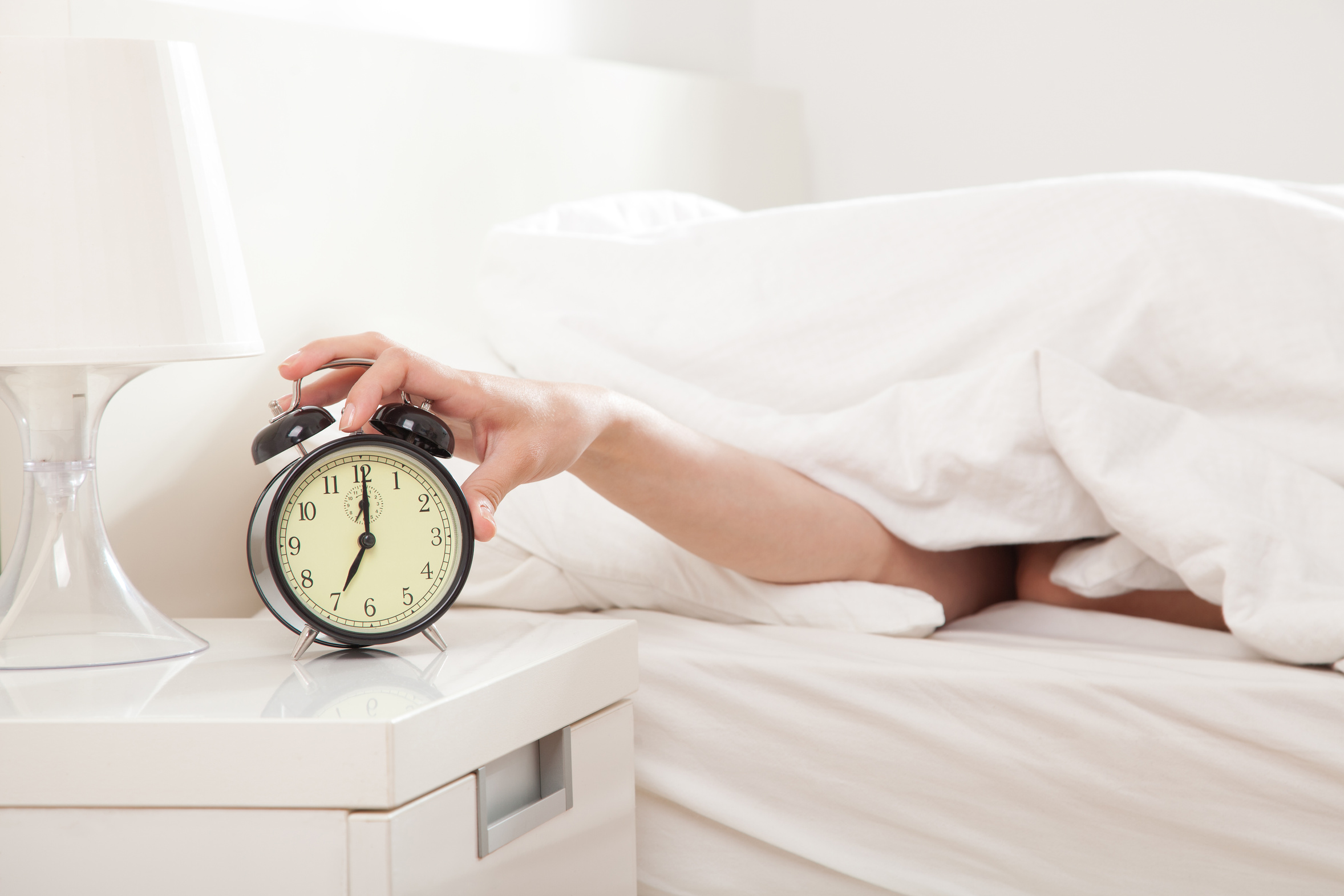
Daylight Saving Time begins at 2 a.m. Sunday, March 12. For many Americans, adjusting the clocks to "spring forward" an hour and gain a little extra sunlight is a welcome change after the long, dark winter.
While losing one hour of sleep may not seem like a huge deal, research shows that 'springing forward' has a negative impact on alertness, mental focus, and an increased risk of heart attacks.
"This time change is much trickier for our bodies than 'falling back' in November," said Dr. Robert Oexman, director of Kingsdown's Sleep to Live Institute. "Because so many of us aren't getting enough shut-eye to begin with, being robbed of an additional hour can put us over the edge. In fact, the CDC says more than 40.7 million people are sleep deprived and say they rarely or never get a good night's sleep."
5 Ways to Get a Better Night's Sleep:
- Mattress/Pillow: Choose the correct mattress and pillow for your body type. bedMATCH is a patented diagnostic system that matches you with the mattress best suited for your body type and sleeping position.
- Separate Sheets and Blankets: One of the biggest causes of partner disturbance is stolen covers! Avoid a fight over the blankets by using your own.
- Temperature: Your bedroom should optimally be 65-68 degrees. Crack a window and cool down to fall asleep. Of course, use as many blankets to keep thermal, but keep your head exposed to cool air.
- Noise: Try and eliminate all noise from the bedroom. If this isn't possible, invest in a white noise machine.
- Light: Your bedroom should be completely dark. Even a nightlight or bright alarm clock can inhibit melatonin production, which we need to fall asleep and stay asleep. If your bedroom windows let in a lot of natural light – get blackout curtains or wear an eye mask.














